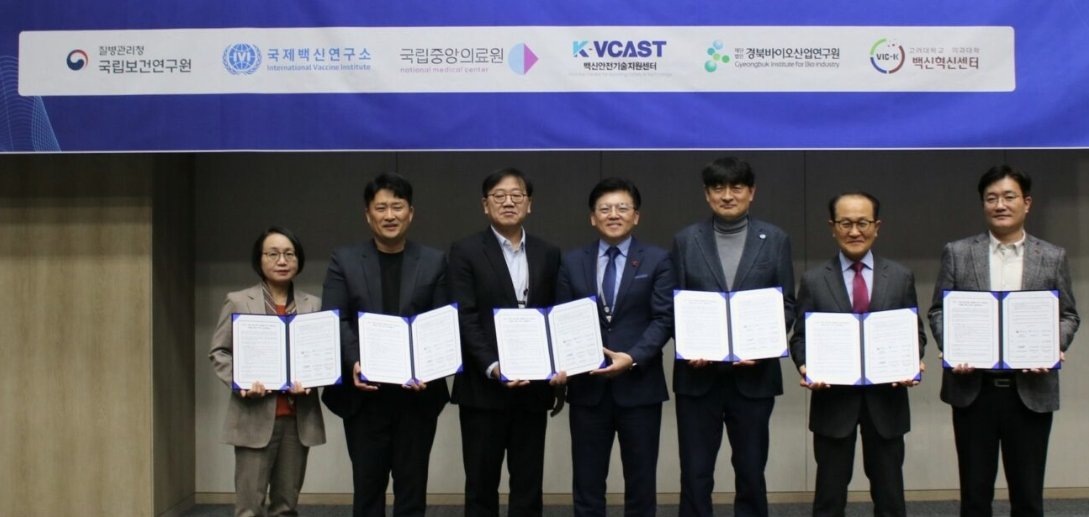
Asia accounts for 45 per cent of global breast cancer cases and 58 per cent of global cervical cancer deaths. New cervical cancer diagnoses in the region are projected to rise by 18.9 per cent by 2030, with deaths increasing by almost 25 per cent, while breast cancer diagnoses in the region are projected to rise by 20.9 per cent and deaths by 27.8 per cent in that same period. These rates are tracking higher than anticipated global rates of increase, sounding the alarm for policy makers, funders and civil society partners alike to act, as behind these alarming statistics lie the disheartening individual stories of women and their families.
In addition to grappling with the physical challenges of cancer, women also confront significant emotional, psychological, and financial strains. Because these diseases also carry the risk of stigma, they place a burden on women who are unable or unwilling to share their health challenges with others. Beyond these psychosocial impacts, women who must leave the workplace due to illness, or as caretakers, must contend with financial constraints resulting from lost income and compounded by catastrophic out of pocket payments on health care. Such scenarios can often pull families into cycles of poverty and impact future generations.
Investing in women’s cancer
When diagnosed too late, breast and cervical cancer drive up direct and indirect healthcare costs related to factors like productivity and socioeconomic impact. The costs of late diagnosis often fall on individuals and their families. In Vietnam, out-of-pocket costs for breast cancer are 66 per cent higher for Stage II disease and 148 per cent higher for Stage III disease compared to Stage 0/I disease. These personal tragedies add up to financial calamity at the country level. In Indonesia alone, an estimated 246,000 years of life were lost to cervical cancer mortality in the year 2018, resulting in a total productivity cost of $1.7 billion.
Conversely, investing in services that enable prevention, screening, early detection, and timely treatment for breast and cervical cancers not only benefits the health of women but also strengthens the nation's economic foundation. For example, for every one dollar invested in the global cervical cancer elimination targets, there will be $3.20 returned to the economy due to the increased participation of women in the workforce.
Addressing these women’s cancers makes moral and economic sense. Thankfully, the tools and strategies exist to save millions of women’s lives from cervical and breast cancer. Reducing the burden of these two women’s cancers is possible through enhanced political will and expanded awareness and access to prevention, treatment, and care.
For example, we can prevent cervical cancer through widespread vaccination against the human papillomavirus (HPV) responsible for almost all cervical cancers, as well as preventive screening and, where necessary, safe and effective removal of precancerous cervical lesions. The promotion of risk reduction, regular screening, and comprehensive management of invasive disease can all contribute to reversing the rising tide of breast cancer mortality.
The availability of these interventions has inspired new global goal-setting. Recently released global targets from the World Health Organization for massive reductions in breast cancer mortality (“60-60-80”) and, more ambitiously, the elimination of cervical cancer (“90-70-90”) were constructed on the basis of global scientific consensus and endorsed by Member States.
Tackling the challenge
Multi-stakeholder partnership will be critical to achieving these targets given that women’s cancer is a multidimensional challenge for both health systems and society in Asia. The Asia Pacific Women’s Cancer Coalition – a collaboration among CAPED India, Jhpiego, Roche and TogetHER for Health – formed to identify areas for collaboration to advance prevention, early detection and timely treatment in the Asia Pacific and align regional priorities with the WHO’s global targets for breast and cervical cancer.
Achieving these global targets need to start at the country and regional level, and now is an opportune time to align national cancer control plans and strategies to these global initiatives. The Asia Pacific Women’s Cancer Coalition views the regional pharma, biotech and medtech sectors as key partners in championing the effort to save lives from breast and cervical cancer.
In health policy as with medicine itself, improvements start with solid evidence. To that end, the Coalition commissioned Economist Impact to produce a new report – Impact and opportunity: the case for investing in women’s cancers in Asia Pacific – to provide an in-depth analysis of the state of cervical cancer prevention and breast cancer prevention and care in six focus countries in the Asia Pacific: India, Indonesia, Malaysia, the Philippines, Thailand, and Vietnam.
The report provides a regional analysis as well as situational reports and a policy scorecard for each of the six countries, which compares the quality and readiness of national programmes to effectively address breast and cervical cancer control, via five critical domains: policy and planning; prevention and screening, diagnosis and resource capacity, treatment and access, and awareness and education. The scorecards represent a key stepping-off point for country advocates and policymakers to advance national goals for breast and cervical cancer control across the region. It also summarises key recommendations and opportunities for national leaders and decision makers to prioritise and act upon to advance and support women’s cancer care in the region:
This report is an essential resource for scaling up cost- effective, patient-centric strategies to improve breast and cervical care in the Asia Pacific region, and ultimately, save lives.
Countries in the Asia Pacific can demonstrate leadership in global women’s health by acting on this report’s recommendations and inspiring similar efforts in countries throughout the region and even the world.
Dr Heather White, Executive Director, TogetHER for Health




